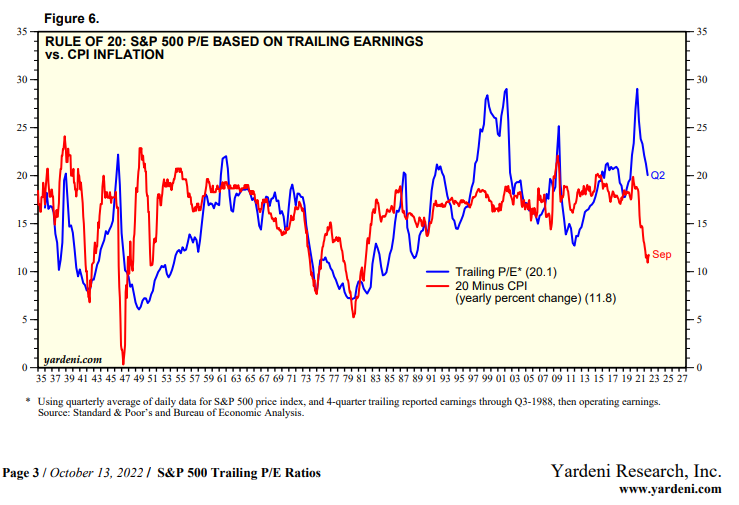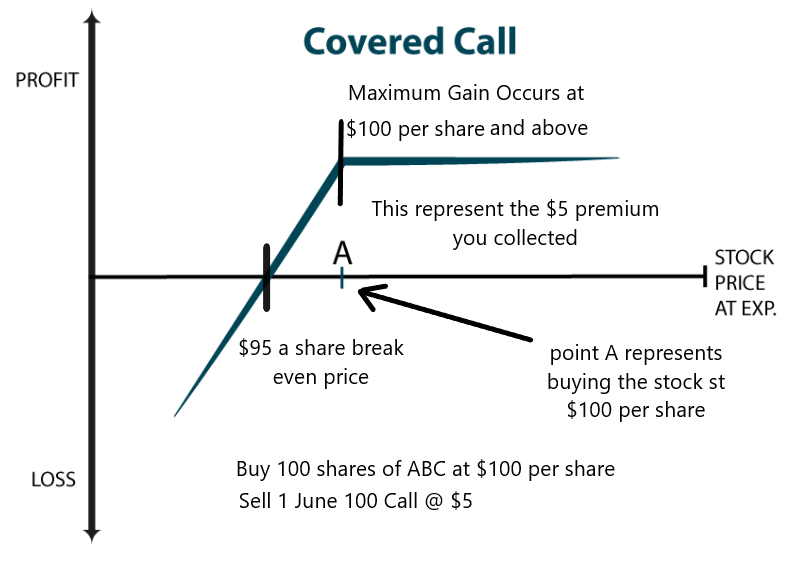Stocks have fallen back to the lowest levels in the past year. Investors are torn as to whether this is once again the lows or if stocks may indeed head lower before rebounding. The VIX is nearing recent highs reflecting this uncertainty. But…
rather than wait and see whether this is a buying opportunity, astute investors may want to consider taking advantage of the current conditions of cheaper stock prices and higher VIX to put on a lower risk covered call trade. Remember that VIX is simply a way to say the price of options.
A covered call trade involves buying 100 shares of stock and simultaneously selling a call option against the stock to reduce the overall cost of the trade. This provides downside protection by the amount of the call premium received but does cap the upside at the strike price of the call option sold.
It is an ideal trade for those who are neutral to slightly bullish on stocks. Here are three big reasons why this strategy may be a good way to take advantage of more subdued stock returns in 2023.
Stocks Lower/ Calls Higher
Stocks are no doubt lower than they were a year ago. The S&P 500 has fallen over 20% in that time frame while the NASDAQ 100 and Russell 2000 have fallen even further. Implied volatility (IV), which measures the price of options, is significantly higher than it was 12 months back. The VIX is a well-known and general gauge of option prices on the S&P 500. It has virtually doubled from 16 to 32 over the past 365 days. This means options prices, both calls and puts, are much more expensive now than back then.
Doing a covered call trade of buying stock and selling calls benefits from both the lower stock prices and higher call prices.
Upside Likely Limited
Given the recent red-hot rise in interest rates, valuation multiples will likely be capped for the foreseeable future. The 10-year Treasury yield just closed above 4% compared to well under 2% just last year. The Consumer Price Index, or CPI, is at 40-year highs of over 8%. The chart below shows how much inflation has risen recently using the Rule of 20 (20 minus CPI rate of currently 8.2%). This rise in inflation and interest rates has brought the trailing P/E down from almost 30 to nearly 20.

With the Fed likely to raise rates again and inflation unlikely to slow substantially, P/E multiples should continue to be somewhat subdued for the next several quarters. This will serve to provide a serious headwind for stock prices in the coming months, making call sales even more beneficial as a hedging mechanism.
Money For Nothing
Covered call trades have the combination of long stock and short calls to produce potential profits. If the stock rises, the long stock position will make good money while the short call position loses less. Most investors get that idea.

But if the stock position goes nowhere, the covered call position will still do quite well since the short call option will do good as time premium erodes while the go-nowhere stock remains near break-even.
The chart above shows how the covered call trade is profitable if the stock remains around the $100 per share initial purchase price because of the $5 initial premium collected as part of the covered call trade.
Let’s take a walk through a real-time covered call trade in Apple (NASDAQ:AAPL) to see just how much the recent drop in stock prices and increase in covered call prices can provide a potent one-two punch to the covered call strategy. The same sort of rationale can be applied in a similar manner to different stocks or ETFs.
Looking back at Apple stock a year ago…
Continue reading at STOCKNEWS.com

